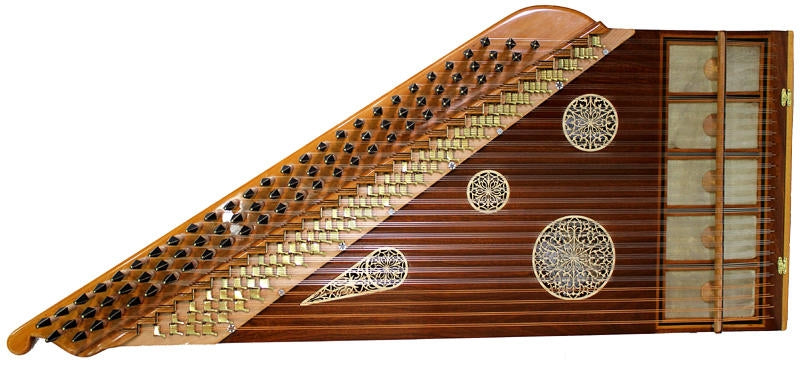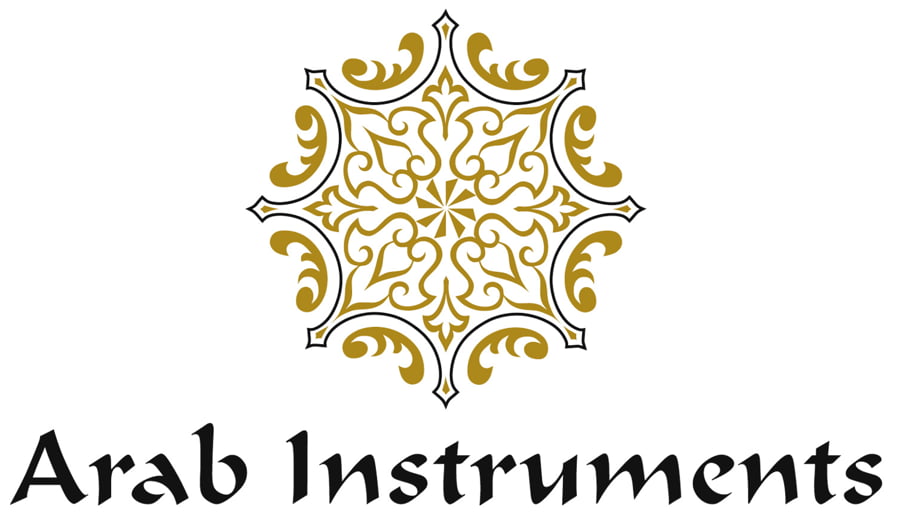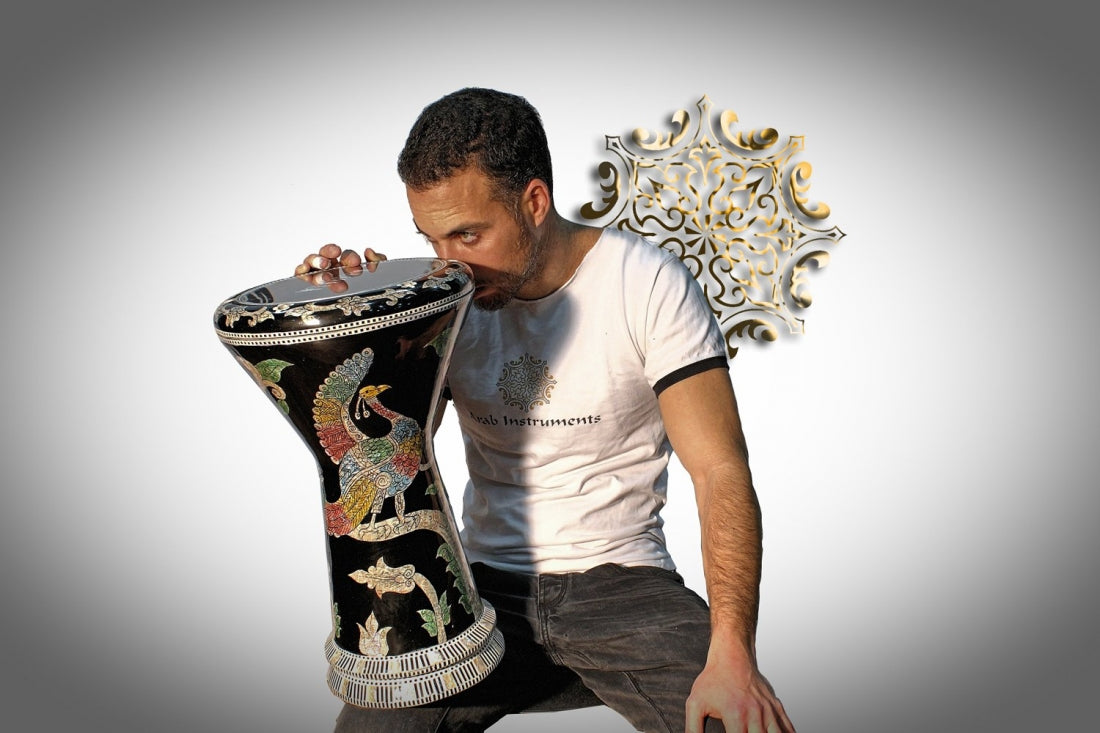
7 interesting facts about the Arabic Qanun Musical Instrument
The qanun is a descendent of the old Egyptian harp. It has played an integral part in Arabic music since the 10th century. The word qanun means 'law' in Arabic, and the word exists in English in the form of "canon." The qanun was introduced to Europe by the 12th Century, becoming known during the 14th to the 16th Century as a psaltery or zither. The qanun also resembles a dulcimer. In this section we will discuss about 7 interesting facts about the Arabic qanun musical instrument.
- Shape:
The form of the qanun consists of a trapezoid-shaped flat board over which 81 strings are stretched in groups of three with 24 treble chords consisting of three chords to each note.
- Attached with musician:
The instrument is placed flat on the knees which means so close. Sometimes it is placed on table of the musician.
- Spectacular String arrangement:
The strings of Arabic Qanun are plucked with the finger or with two plectra, one plectrum attached to the forefinger of each hand.
- Goat skin cover:
A long bridge on the right-hand side of the Arabic Qanun rests on goat (or fish) skin covered windows in the top of the instrument;
- Microtonal Change in pitch:
On the left hand side of the instrument, each course of strings passes over a series of small brass levers that are used to make microtonal changes in pitch.
- Lever set:
The Arabic qanun includes 8 notes per octave, the player initially sets the levers to create the scale of the starting maqam. When the player needs to modulate to another maqam, they need to switch some levers back and forth with the left hand while playing with the right hand.
- Quick modulation:
Quick modulation can also be achieved by using the fingernail of the left thumb to temporarily raise the tuning of some strings.
In the history of Arabic music Qanun lays down the law of pitch for other instruments and singers.


